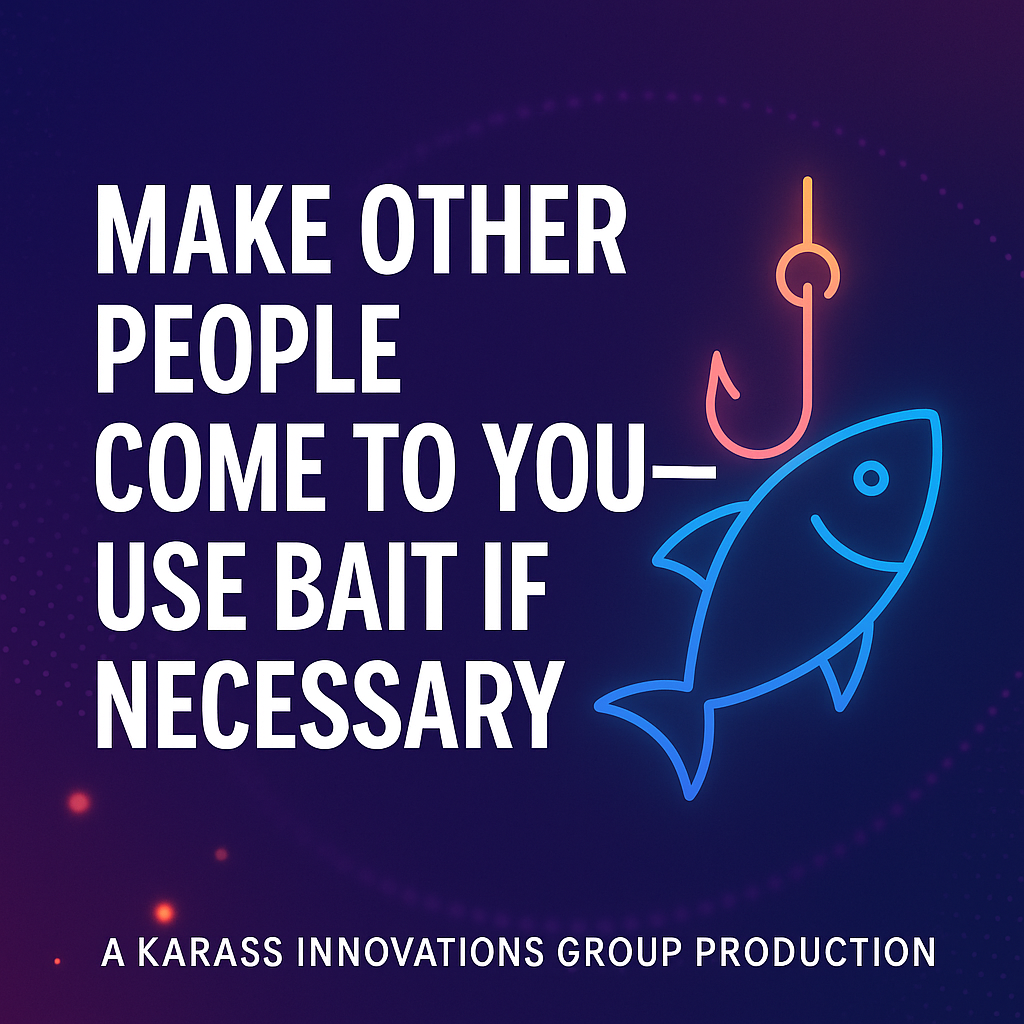The United States Digital Service (USDS) and the Department of Government Efficiency (DOGE) are both federal initiatives aimed at improving government operations, but they differ significantly in their origins, leadership, methodologies, and impacts.
Conceal Your Intentions
Keeping your true plans hidden creates an air of unpredictability and mystery. If people are unsure of your goals, they are less likely to sabotage them or act against you. Concealment is a tool that allows you to move with freedom and adapt to changing circumstances without being encumbered by others' expectations.
Use Accountability Boards to Drive Ownership (Part 2 of 3)
Use Accountability Boards to Drive Ownership (Part 1 of 3)
Break Shifts into Short Intervals (Part 3 of 3)
Break Shifts into Short Intervals (Part 2 of 3)
Break Shifts into Short Intervals (Part 1 of 3)
Never Outshine the Master (Part 3 of 3)
Always make those above you feel superior. If you make them feel insecure, you will spark resentment. Instead, allow them to take the credit for the work and stand by their accomplishments. The key is to make them feel good about themselves while you quietly advance behind the scenes. It’s about creating loyalty and avoiding any threats to their sense of power.
Document and Reinforce Standardized Work (Part 3 of 3)
Across industries like manufacturing, engineering, services, and supply chain, the push to document and reinforce standardized work has gained significant momentum. In manufacturing, studies by the Lean Enterprise Institute show that companies with well-documented standard work achieve up to a 30% improvement in process stability and a 25% reduction in variability across production lines. As organizations face increasing demands for quality, efficiency, and cost reduction, leaders are realizing that without clearly defined processes, it becomes impossible to sustain operational excellence or implement continuous improvement effectively. Standardized work provides the necessary baseline to identify gaps, reduce waste, and drive consistent execution at all levels.
In engineering and supply chain management, the lack of standardized work has long contributed to project delays and inefficiencies. A report from Deloitte found that engineering firms that formally document processes, from design reviews to prototyping and testing, reduce project rework by up to 20%. In supply chain operations, companies that enforce standardized workflows—such as for inventory management, order picking, and shipping—have achieved a 15% boost in order accuracy and a significant reduction in delivery delays. Leaders in these sectors are focusing not just on documentation, but also on reinforcing standards through regular audits, coaching, and digital tools that integrate standard work into daily routines.
In marketing and service-driven industries, standardization is emerging as a key differentiator for scalability and customer satisfaction. For example, research from McKinsey highlights that marketing teams with clearly documented campaign processes and quality standards improve speed-to-market by up to 18% compared to those with ad-hoc or poorly defined workflows. Similarly, service organizations that implement standard operating procedures (SOPs) for client interactions, issue resolution, and escalation protocols report a 12% improvement in customer satisfaction scores. As service expectations rise, standardized work ensures consistency in customer experience, reduces errors, and enhances team efficiency.
Industry-wide, leadership is embracing the idea that documented and reinforced standards are not just for regulatory compliance or onboarding—they are foundational to operational agility and innovation. The shift towards digital work instructions, real-time performance dashboards, and standardization audits is helping companies reinforce these practices at scale. As organizations adopt Industry 4.0 and Lean principles, the reinforcement of standardized work is becoming central to driving data-driven decision-making, reducing variation, and building resilient, high-performing teams across functions.
Never Outshine the Master (Part 2 of 3)
Always make those above you feel superior. If you make them feel insecure, you will spark resentment. Instead, allow them to take the credit for the work and stand by their accomplishments. The key is to make them feel good about themselves while you quietly advance behind the scenes. It’s about creating loyalty and avoiding any threats to their sense of power.







